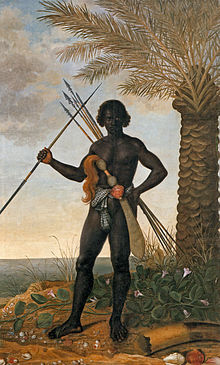The Odum of Ala Igbo
Hail Biafra!
My pops served in a clerical role under an Army gerneral back in the 50's. He used to love telling this story of how he was deployed to a base somewhere in Africa. He claimed they did bio-warfare research there...
Anyways, I always assumed that it was a given that the US had bases all over the continent.
Where in Africa?





 Haiti
Haiti 

